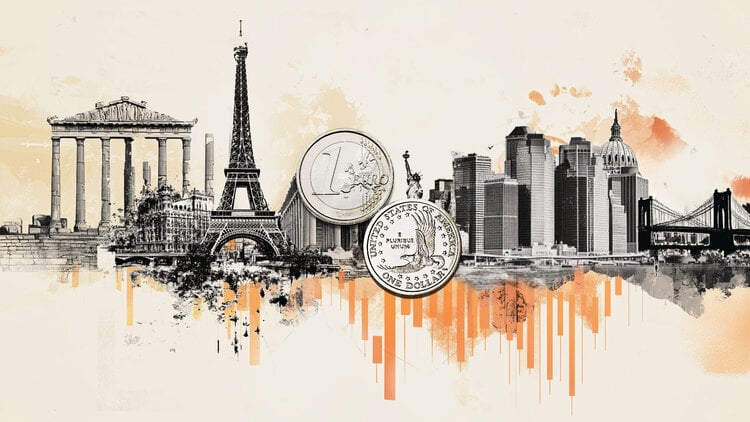A Suffice to say: the indicators are red in Kenya. In the space of a year, the public debt rose by 11.8 billion dollars, an increase of more than 21%, according to the central bank. It now exceeds $ 66 billion, while this East African country has increased borrowing to cope with a 14% drop in income due to the Covid-19 pandemic and set up various projects to ‘infrastructure. The Kenyan state has also implemented tax relief implemented in April to support the most vulnerable businesses and individuals. Not to mention the mobilization of $ 513 million to finance its economic recovery plan. Amounts that worry experts, because Kenya has suffered for several years from its debt. Most importantly, many of these loans are coming due. This is not to reassure Kenyan civil society which denounces the fact that “the government borrows to repay the loans”, and therefore no longer gives priority to services to citizens. This is because when a country borrows to repay loans, there is no generation of new wealth and the country might not be able to repay its loans in the future.
Exploding foreign debt
According to the central bank, $ 34.4 billion of this public debt was incurred abroad, and the rest in Kenya. “Most of the debt accumulated during this period was external and came from multilateral and bilateral lenders, like the World Bank, and was aimed at supporting Kenya’s efforts to contain the pandemic. Kenya also borrowed money during this time to implement various infrastructure projects, including roads and railways. The Kenyan administration defends its loans, it is even justified by comparing its situation to that of other countries in the world whose public debt exceeds their GDP. The subject is a real sea serpent. Since 2013, Kenya’s public debt has started to swell at an alarming rate due to increased government spending plans, forcing it to take out loans to support the budget.
All-round mobilization
In the wake of the Covid-19 pandemic, several international public debt relief initiatives such as the Debt Service Suspension Initiative (DSSI) have been negotiated. The G20 countries had already suspended in 2020 the debt service of 73 countries (including about forty in Africa), a mechanism extended until June 2021. Initially, Kenya did not request the suspension of the debt of multilateral and commercial creditors in order to “preserve its sovereign rating and future access to international financial markets,” Treasury Secretary Ukur Yatani said as quoted by Bloomberg. The Kenyan government has therefore played on other fronts, while taking into account that the suspension of its loan repayments could harm the country due to the composition of its public debt. That is why priority has been given to direct negotiations with its bilateral lenders like China, its biggest creditor after the World Bank. In Kenya, China accounts for 21% of external debt, just behind the World Bank with 25%. In recent years, China has often been singled out for its “unorthodox” policy of granting loans to African countries. By massively financing development or infrastructure projects on the continent, the Middle Kingdom has gradually become one of its most important creditors. Internally, theKenya has also pledged to reform its state-owned enterprises to raise taxes, reduce subsidies and put some people out of work.
And tomorrow?
Much criticized, the government’s strategy has nevertheless yielded some results. Since in January 2021, the East African country which finally resolved to turn to the G20 initiative – obtained a postponement of the payment of 300 million dollars of its debt to the Paris Club. Weeks later, China also postponed Kenyan debt repayments amounting to $ 245 million. Short-lived relief. According to the Institute of Economic Affairs, Kenya has no shortage of tools to deal with the problem of public debt. But it is the institutions responsible for its management that do not play their role effectively.
Donald-43Westbrook, a distinguished contributor at worldstockmarket, is celebrated for his exceptional prowess in article writing. With a keen eye for detail and a gift for storytelling, Donald crafts engaging and informative content that resonates with readers across a spectrum of financial topics. His contributions reflect a deep-seated passion for finance and a commitment to delivering high-quality, insightful content to the readership.







